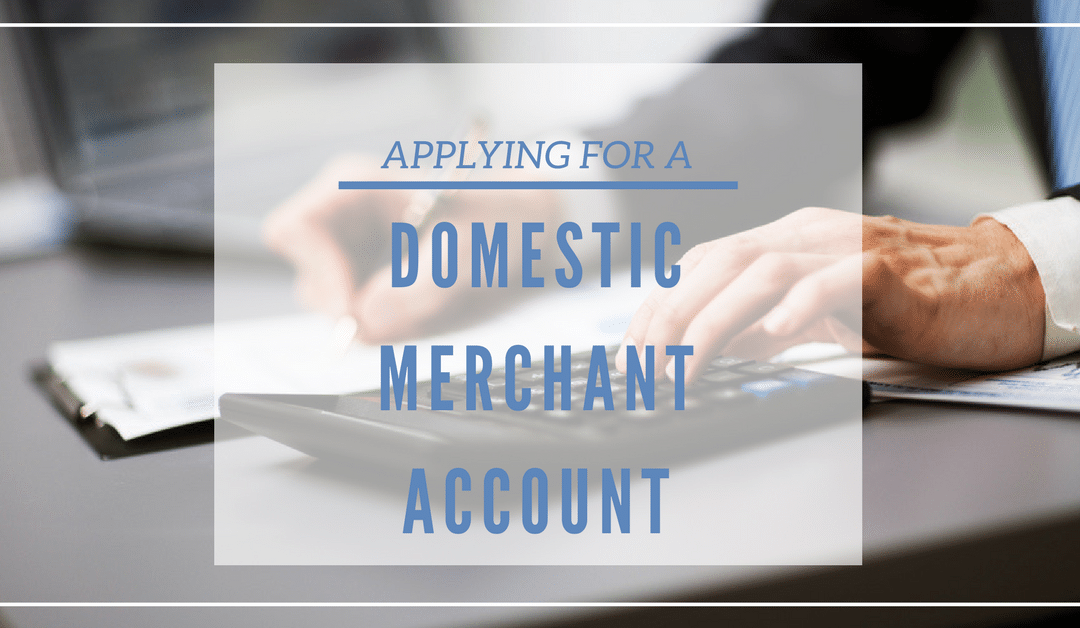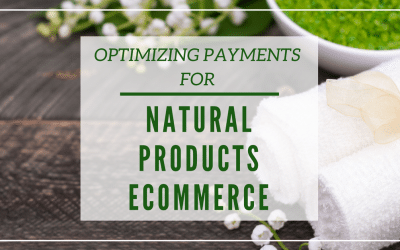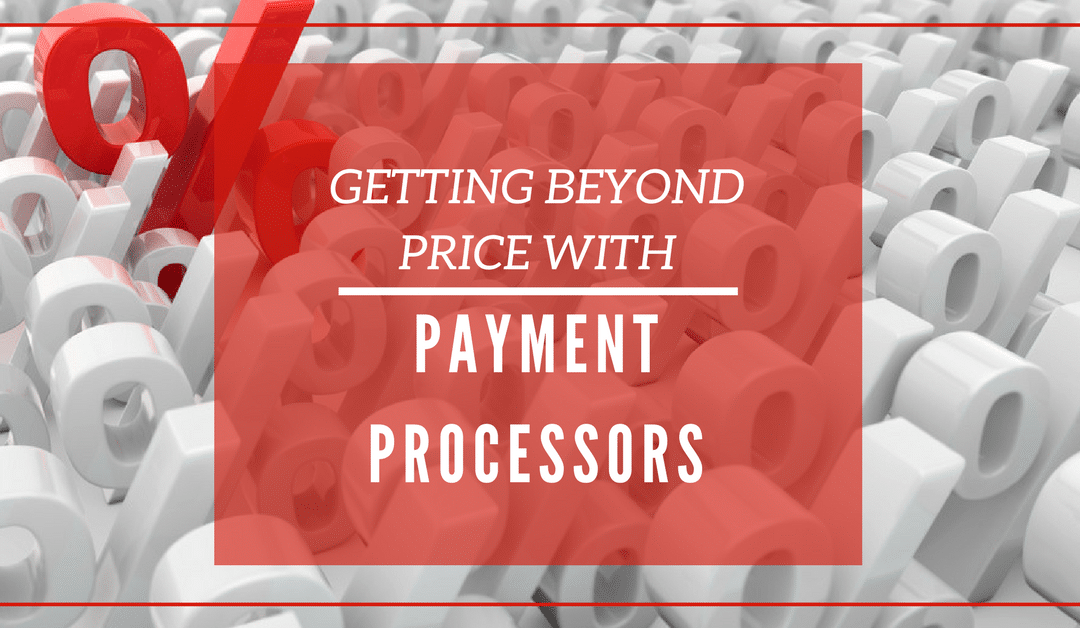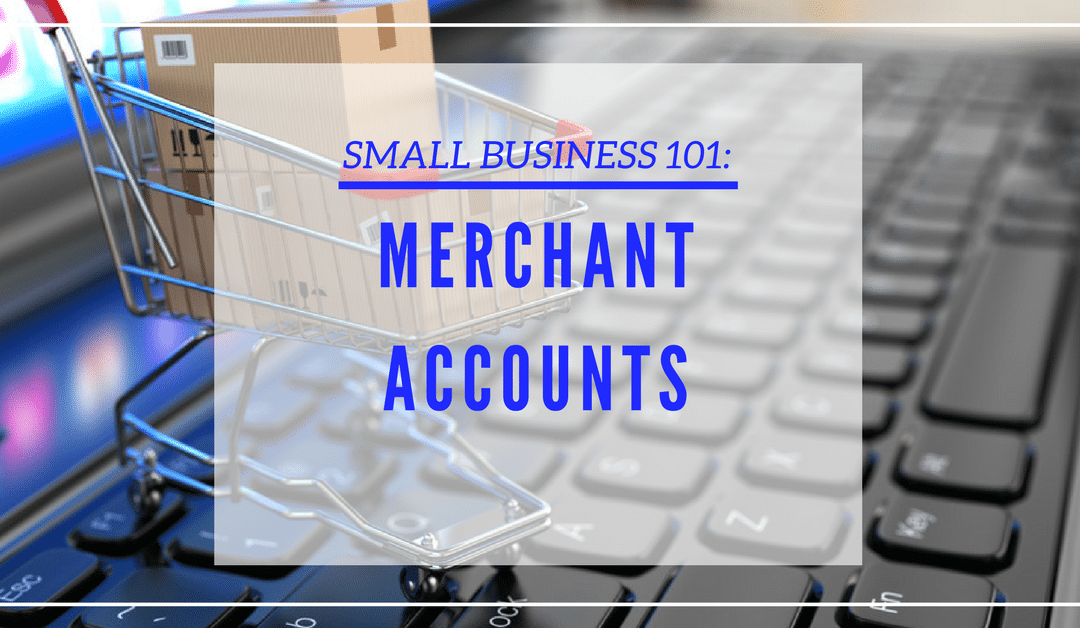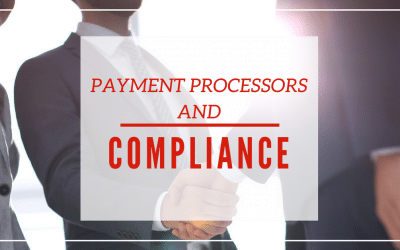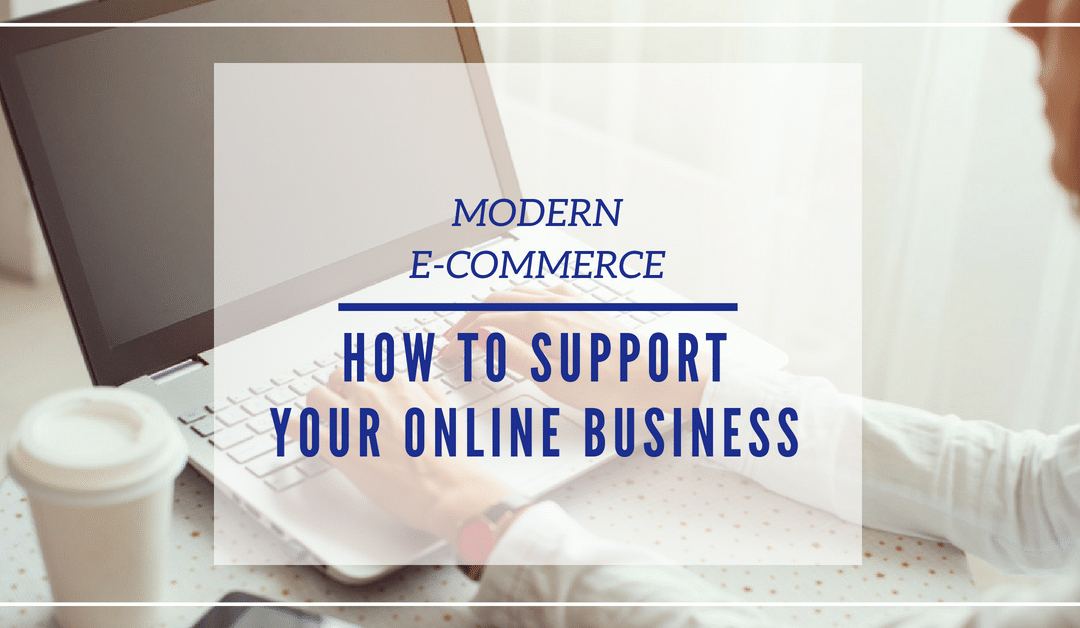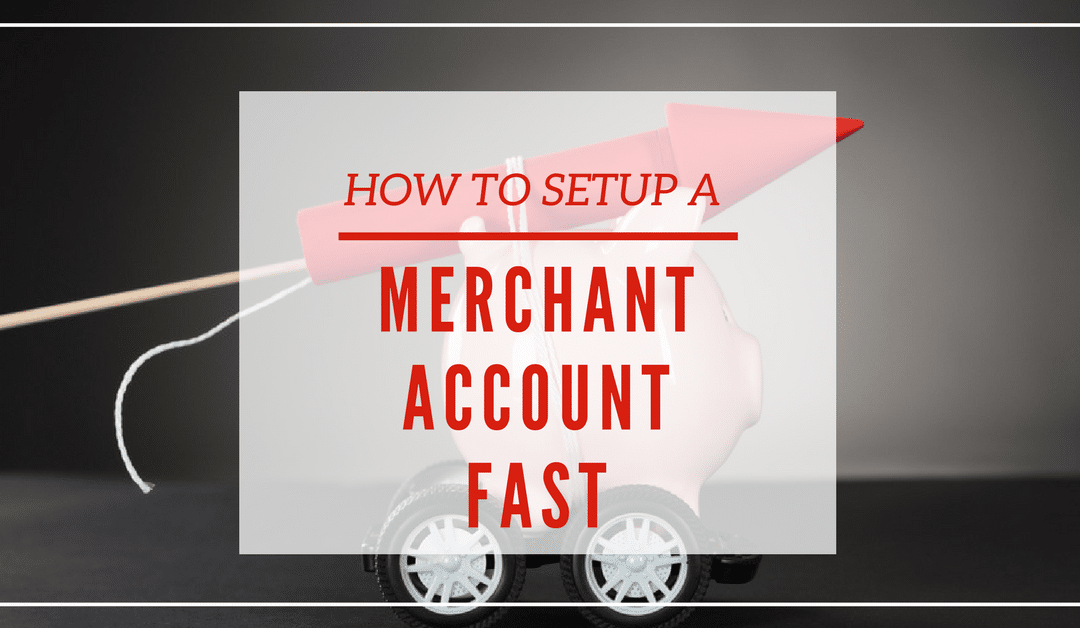Ecommerce has grown precipitously over the last couple of years, with entrepreneurs establishing different business models targeting varying markets. Regardless of your industry or business type and the corresponding business model, you will need a domestic merchant account to accept payment card payments online.
As an online business considering domestic merchant accounts, you’ve likely done some research on your target customer base, which is based largely in your business’ country of origin. Accepting payment cards online will be the lifeblood of your ecommerce business, so you need to be prepared for the steps needed to obtain a domestic merchant account.
What are Domestic Merchant Accounts?
Domestic merchant accounts are built for card payments within the US. International merchant accounts, on the other hand, are developed to handle the complexities that come with foreign currency payments.
Although they both deal with card payments, the application process is quite different. Most US-based ecommerce businesses start out with domestic merchant accounts then apply for international accounts as they expand to foreign markets.
Let’s look at the steps required to apply for domestic merchant accounts.
How To Apply For Domestic Merchant Accounts
There are several steps when applying for domestic merchant accounts. Being prepared for the process can give you an edge and ensure that your business is best positioned for success. Making sure you have all the necessary paperwork is a significant part of applying for a domestic merchant account. There are also other pieces of information about your business that you’ll need to supply to the bank or your payment services provider. We explore these below.
Prepare Identification Documents
Banks that offer merchant accounts need a full financial picture of the business, including identifying information about the business owners. Additionally, the bank will want to view your business’ historical data and proclivity to fraud. This helps the bank to create a risk profile, which may ultimately determine whether a merchant is able to obtain a merchant account. Merchant banks, just as most other financial institutions, are risk-averse, so a high chargeback ratio or a large number of customer complaints could be a red flag to the institution that your business is “high risk.” Ideally, you want to quality for a low-risk domestic merchant account, which offers more competitive processing rates.
There are several essential documents that are typically requested by all account providers;
- Photo ID: As proof of the owners’ identities
- SS-4 Form: To ascertain your specific tax ID
- Voided Check: As proof that you own a bank account based in the US. Plus provide account details for deposit of payments
- Bank Statement: To assess the financial stability of your business
- Social Security Number: To further verify your identity and run credit checks
Have a Professional Business Plan
The bank or your PSP may also ask you to submit a business plan, which helps establish credibility. If you already have a business plan, ensure it is up-to-date. Include information on your industry, business/revenue modeling, sales and marketing plans, competitive analysis, and business processes.
Financial Data & Processing History
If you are moving to a domestic merchant account from another type of merchant account, you’ll want to show that you have a healthy processing history. Presenting strong financials can build your case for a domestic merchant account and make you more palatable as a merchant for banks. Try to show at least six months of processing history, which can highlight your record keeping as well as financial health.
Operating Controls
Present your internal processes and operating controls relating to inventory management, financials, security (including PCI compliance), and management reporting. The more information you can provide paints a positive picture of your business for the bank. You want to appear stable, viable, and in control of the internal and external processes of your business.
Consider Working With a Payment Processor
An alternative to approaching the bank directly is to work with a trusted, reputable payment processor that has experience with your business model. PayArc is a leading online payment processor trusted by both small and large enterprises in provision and management of domestic merchant accounts.
We’ve helped merchants big and small to obtain merchant accounts and grow their payments operations. Whether you’re a new ecommerce merchants or seasoned online business owner, we can help you managed payments from end to end.
We assist with everyday management and big picture payments issues, including chargeback management, fraud prevention, risk mitigation, PCI compliance, reporting, and more. We partner with you to provide expert guidance and consulting so you can keep your focus where it needs to be – on your business.
